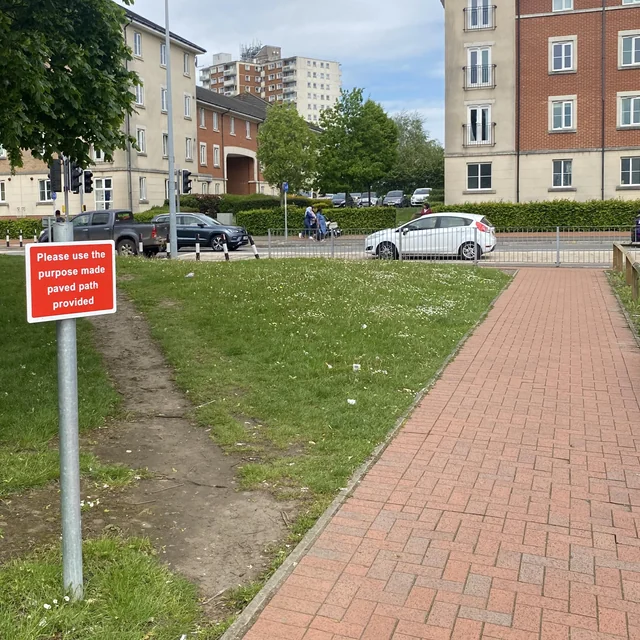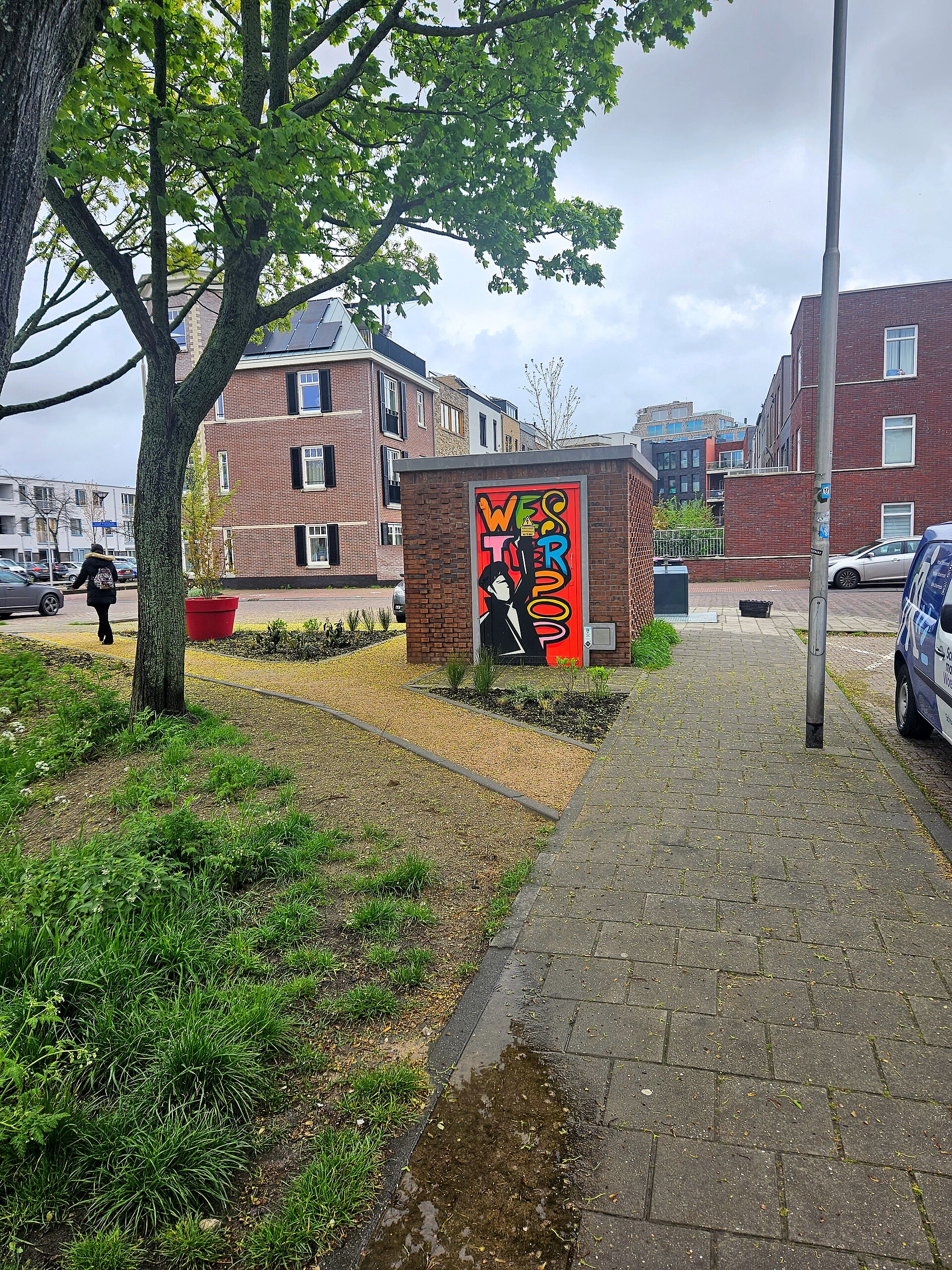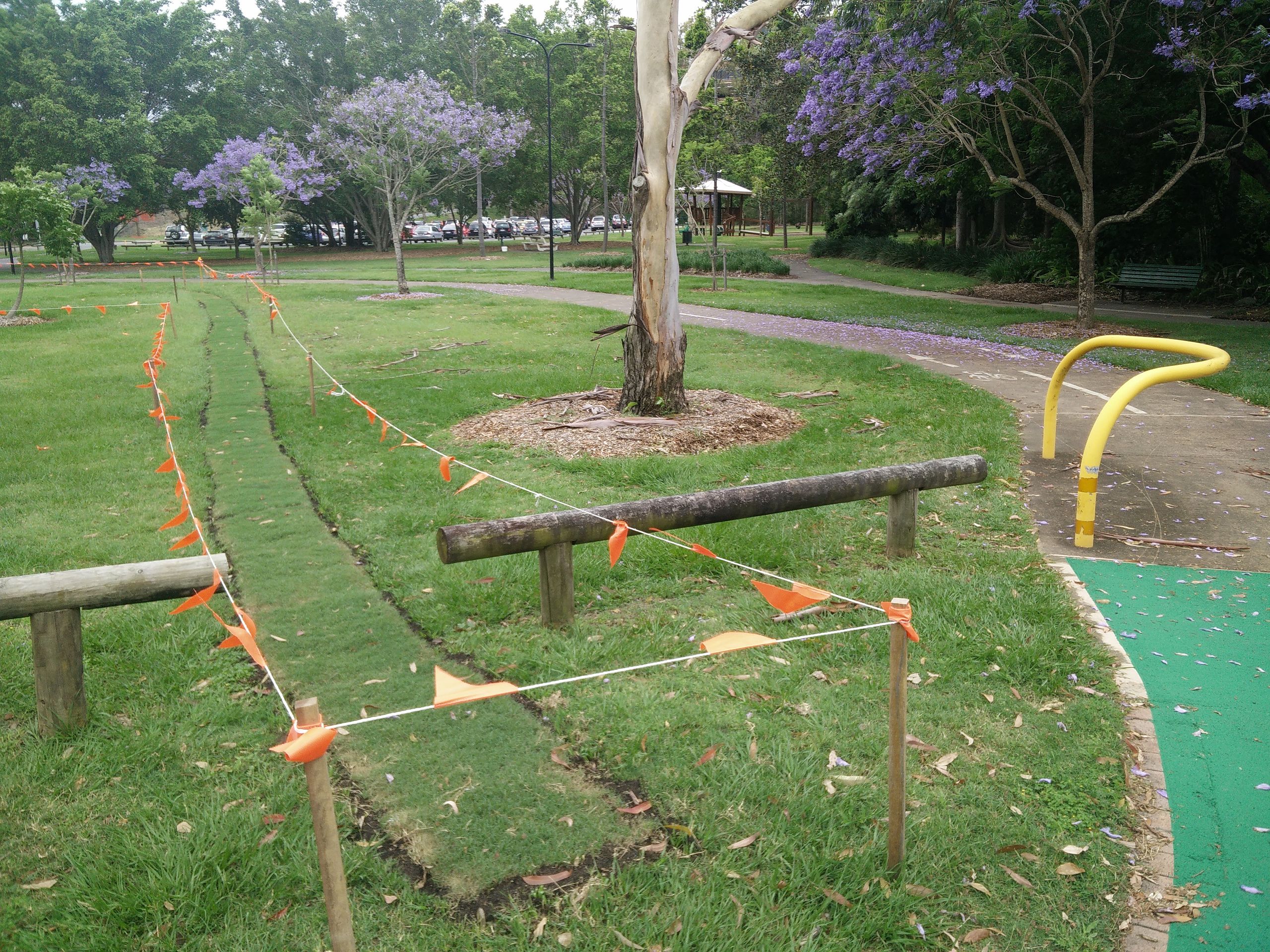I was recently introduced to a simple article on system design: Users are almost always right. In it, a simple rule is stated:
When the users keep doing it wrong, the users are right and your system is wrong.
This rule reminded me of the concept of desire paths: unplanned trails created by human or animal traffic that usually represent the shortest or easiest route between two places. Desire paths in an urban setting often run counter to what a planner might suggest, leading to a natural conflict between the pedestrian and the planner.

When encountering a desire path, we have two choices: try and accommodate the desires of users, or try and prevent their behaviour.
The picture below is an example of accommodating the user. A desire path emerged as a shortcut around these buildings in Delft, Netherlands, and that path was made official by paving it and adding it to the maintained path network.

Some clever planners even purposely include desire paths in their methods by deliberately leaving land partially unpaved and waiting to see what desire paths are created organically. The naturally chosen desire paths, marked by footprints, can then be used to guide the routing of new purpose-built paths.
A successful example from software design comes from Twitter. @
(replies) and # (hashtags) were never part of the original system
design, but after users began co-opting these symbols to get around the
limits of the designed system, Twitter engineers “paved” these desire
paths by building them into the service itself.
In contrast, we often see desire paths blocked off with barriers that prevent users from accessing them. As in this image from Brisbane, Australia where a desire path that has eroded the grass is roped off so that the grass can be replanted.

This approach is destined to fail. No matter how we may imagine it, users do not intentionally make mistakes to create problems. Behind each perceived user error, there exists a reason and a method. As soon as the ropes are removed and the barrier is no longer present, users will go back to their earlier behaviour and re-create the desire path all over again.
The simplest solution to improve the overall situation is to modify the system in a way that aligns with what the users are actually doing, instead of what you wish they were doing. You may choose to persist with your current stance and attempt to educate users, but you’ll likely find yourself struggling. When it comes to a conflict between your users and the system, it’s wise to place your bet on the users — they are usually right.